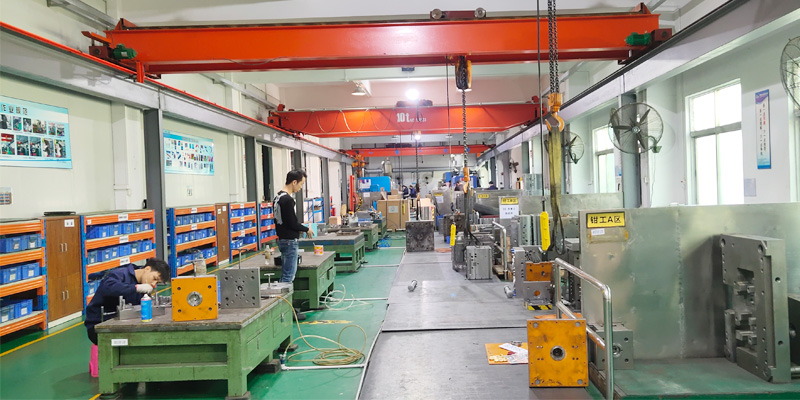Traditional injection molds can withstand high temperatures so that processors can work with resins with high melt points.
The quality of the mold used in injection molding is just as important as the process itself. A mold that is property designed will ensure efficient cycle times to ensure the production of quality parts, reducing waste. Working on high-quality molds is the only way to ensure the high quality molded parts.
In thermoforming, a plastic sheet is heated to a temperature making it pliable. It is formed in a specific shape on a mold and trimmed to create a useable product. Sheet comes in various gauges and is heated in an oven, allowing it to be stretched over or onto a mold, then cooled into a finished shape.
When a mold maker sets out to build a new mold, the first question that must be answered is often this: Steel or aluminum?
How that question is answered, particularly for injection molding customers, generally depends on project requirements, expectations and what ultimately defines a successful project.
QC10 aluminum machines quite easily (40 percent faster than those made out of P20 steel). This can lead to savings, with parts completed in as little as two weeks.
Aluminum transfers heat almost 5 times greater than steel, and this gives molders a large window for processing. Typically, processors can run 5,000 to 15,000 parts off an aluminum mold before resurfacing the part line.
Aluminum molds are most effective for small parts, yet recently car manufacturers have begun using high-strength aluminum for some of their larger car parts as well, since it has been shown to be as effective as those made from steel.
Aluminum molds must be constructed carefully and cleaned after use to prolong their life. If aluminum molds are not made and finished properly, gaps and errors can be introduced accidently to the parts, causing them not to fit with other parts.
Steel always has been shown to be an effective metal for molds. It is durable, it can handle high heat and pressure without any change in the shape of the molds, and it can be used for millions of parts from the same mold. Steel molds hold up against the elements without rust and provide good finishes to each product.
Unlike aluminum molds, steel molds can be made easily and maintained. However, steel’s strengths are also its weaknesses. Steel molds do not heat and cool quickly, causing longer production times, and they often can contribute to more shrinking and warping of the parts.

